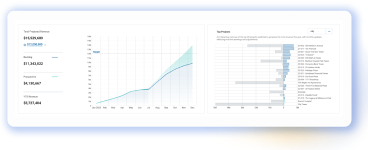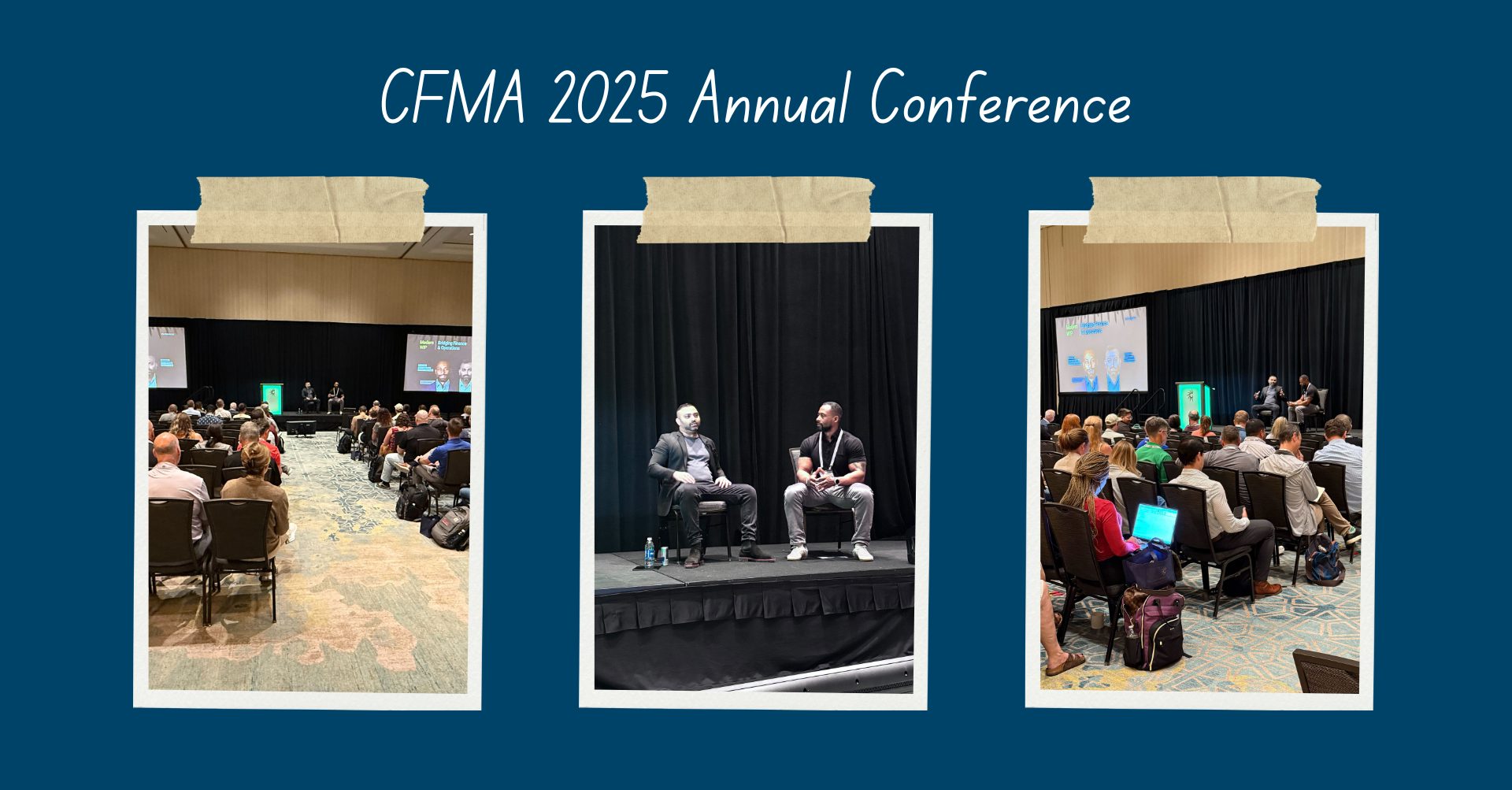In Part 1, we explored the what and why of data storytelling in construction—how stories help project managers make sense of patterns, contextualize challenges, and drive decisions. We discussed the three pillars of compelling data storytelling: defining the message, tailoring it to the audience, and providing context to ensure clarity and relevance.
Now that we understand the importance of data storytelling, it’s time to dive deeper into the how. Part 2 focuses on practical techniques to structure and deliver meaningful data stories to the right audience. Whether you’re reporting on budget overruns, tracking labor efficiency, or justifying schedule changes, the strategies in this section will equip you to transform raw data into impactful narratives that inspire action on-site and beyond.
Let’s move from theory to practice!
As a project manager, you’re often in the “belly of the beast,” grappling with schedules, budgets, and countless data points. Telling stories with data isn’t just about presenting information—it’s about translating complex datasets into meaningful narratives that help your team make better decisions. This article will explore practical techniques to structure and deliver impactful data stories tailored to construction projects.





